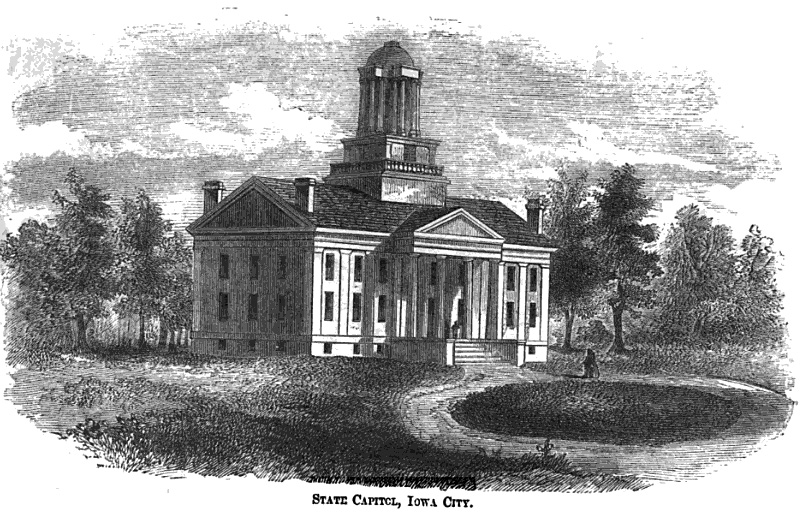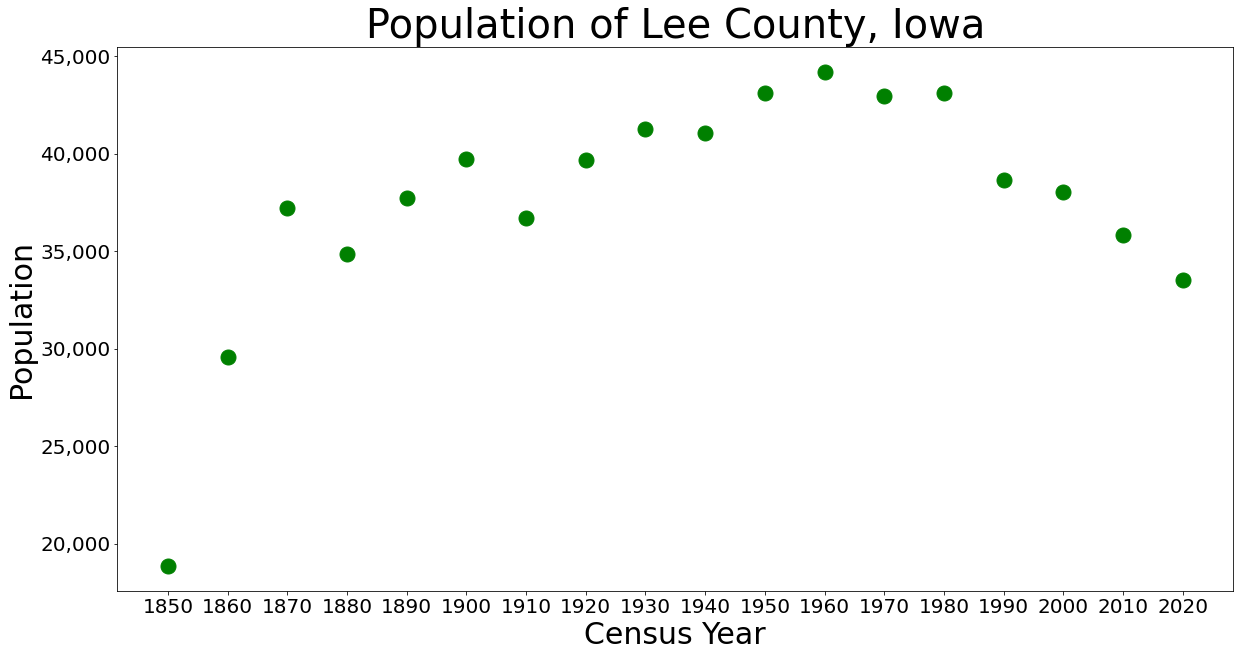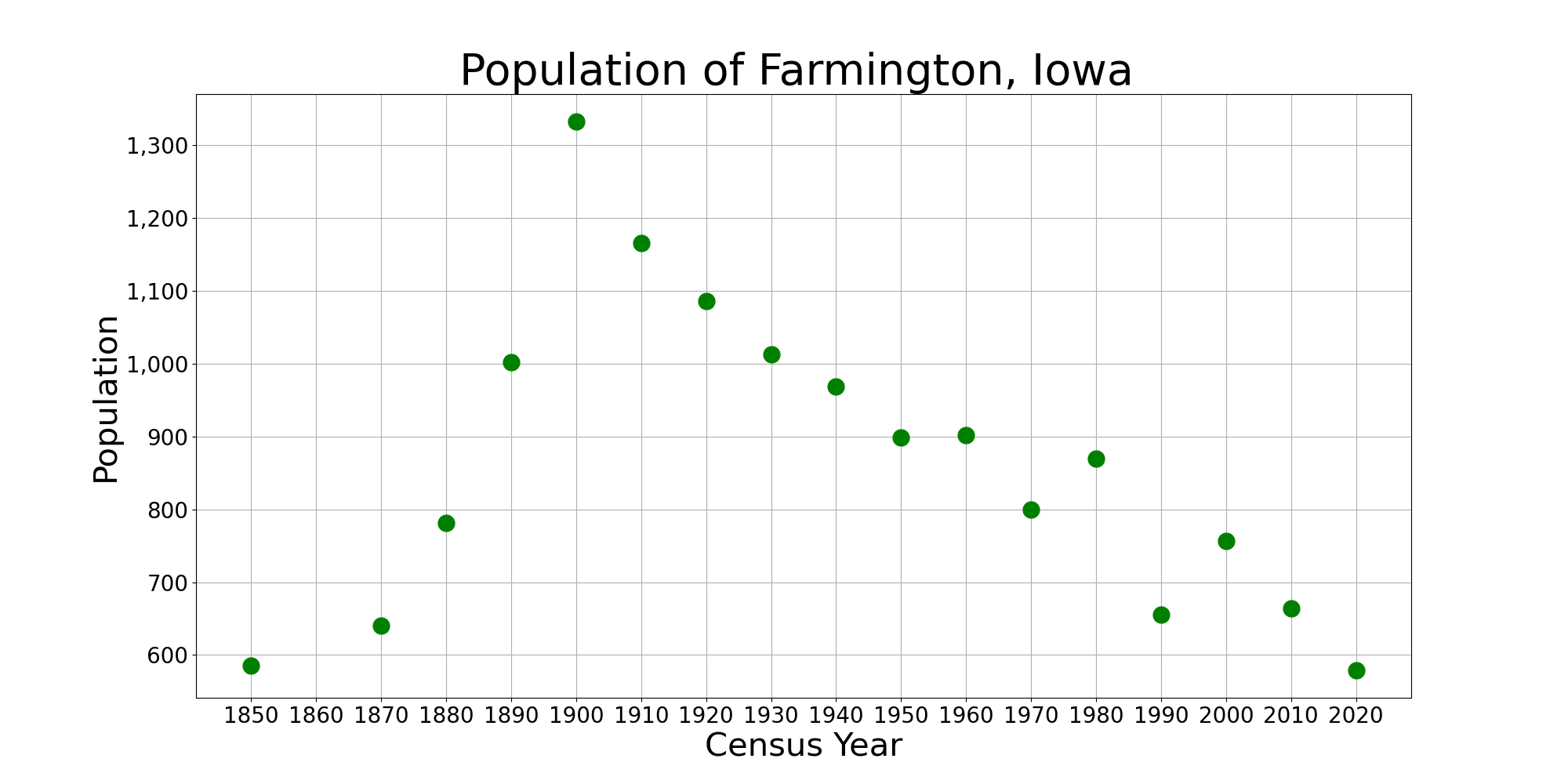|
Shimek State Forest
Shimek State Forest is an Iowa state forest maintained by the Iowa Department of Natural Resources. Its five units are strung along the Des Moines River a few miles above its confluence with the Upper Mississippi River in Lee County, Iowa, Lee and Van Buren County, Iowa, Van Buren Counties in the southeast corner of Iowa. Its contain one of the largest remaining contiguous forests in the state with large stands of mixed oak-hickory forest with about 1,000 acres (4 km²) of planted pine. The Farmington (), Lick Creek (), Donnellson () and Croton () units are near Farmington, Iowa, Farmington, where the Iowa Department of Natural Resources, Iowa Bureau of Forestry administrative office is located. The Keosauqua () unit is upriver, opposite Keosauqua, Iowa, Keosauqua and adjoins Lacey-Keosauqua State Park and wildlife management areas. The Croton unit is near the site of the Battle of Athens (1861), Battle of Athens, the most northerly battle of the Civil War, and the only one foug ... [...More Info...] [...Related Items...] OR: [Wikipedia] [Google] [Baidu] |
Van Buren County, Iowa
Van Buren County ( ) is a County (United States), county located in the U.S. state of Iowa. As of the 2020 United States Census, 2020 census the population was 7,203, making it the state's tenth-least populous county. The county seat is Keosauqua, Iowa, Keosauqua, which contains the oldest continuously operational Van Buren County Courthouse (Iowa), courthouse in the state of Iowa, and second oldest in the United States. History Van Buren County was formed on December 7, 1836, as a part of Wisconsin Territory, and was split off from Des Moines County, Iowa, Des Moines County. It was named for President Martin Van Buren. It became a part of Iowa Territory (later the state of Iowa) when that territory was organized on July 4, 1838. The county's courthouse was built in September 1843 in the style of Greek Revival and stands as Iowa's oldest, and the nation's second oldest, courthouse in operation. "The Honey War" refers to a colorful episode in Van Buren County's history when th ... [...More Info...] [...Related Items...] OR: [Wikipedia] [Google] [Baidu] |
Lacey-Keosauqua State Park
Lacey-Keosauqua State Park is located southwest of Keosauqua, Iowa, United States. The park is located along the Des Moines River in Van Buren County. First dedicated in 1921, it is the largest state park in size in Iowa. In 1990, three areas were named nationally recognized historic districts and listed on the National Register of Historic Places. History A group of local citizens contributed $64,000 to buy the land, which had been a large farm. with The state acquired the land in 1920, and dedicated it as Big Bend Park the following year. In 1923 the park had , it grew to by 1935, and in 1942. The park currently has , making it the largest state park in Iowa. It was renamed in 1926 in honor of John Fletcher Lacey, an American Civil War veteran who went on to serve in both the Iowa House of Representatives and the United States House of Representatives, representing Iowa's 6th congressional district. He was noted for conservation legislation while in Congress and was instrum ... [...More Info...] [...Related Items...] OR: [Wikipedia] [Google] [Baidu] |
Protected Areas Of Van Buren County, Iowa
Protection is any measure taken to guard a thing against damage caused by outside forces. Protection can be provided to physical objects, including organisms, to systems, and to intangible things like civil and political rights. Although the mechanisms for providing protection vary widely, the basic meaning of the term remains the same. This is illustrated by an explanation found in a manual on electrical wiring: Some kind of protection is a characteristic of all life, as living things have evolved at least some protective mechanisms to counter damaging environmental phenomena, such as ultraviolet light. Biological membranes such as bark on trees and skin on animals offer protection from various threats, with skin playing a key role in protecting organisms against pathogens and excessive water loss. Additional structures like scales and hair offer further protection from the elements and from predators, with some animals having features such as spines or camouflage s ... [...More Info...] [...Related Items...] OR: [Wikipedia] [Google] [Baidu] |
Protected Areas Of Lee County, Iowa
Protection is any measure taken to guard a thing against damage caused by outside forces. Protection can be provided to physical objects, including organisms, to systems, and to intangible things like civil and political rights. Although the mechanisms for providing protection vary widely, the basic meaning of the term remains the same. This is illustrated by an explanation found in a manual on electrical wiring: Some kind of protection is a characteristic of all life, as living things have evolved at least some protective mechanisms to counter damaging environmental phenomena, such as ultraviolet light. Biological membranes such as bark on trees and skin on animals offer protection from various threats, with skin playing a key role in protecting organisms against pathogens and excessive water loss. Additional structures like scales and hair offer further protection from the elements and from predators, with some animals having features such as spines or camouflage servin ... [...More Info...] [...Related Items...] OR: [Wikipedia] [Google] [Baidu] |
Iowa State Forests
Iowa () is a U.S. state, state in the Midwestern United States, Midwestern region of the United States, bordered by the Mississippi River to the east and the Missouri River and Big Sioux River to the west. It is bordered by six states: Wisconsin to the northeast, Illinois to the east and southeast, Missouri to the south, Nebraska to the west, South Dakota to the northwest, and Minnesota to the north. During the 18th and early 19th centuries, Iowa was a part of Louisiana (New France), French Louisiana and Louisiana (New Spain), Spanish Louisiana; its Flag of Iowa, state flag is patterned after the flag of France. After the Louisiana Purchase, people laid the foundation for an agriculture-based economy in the heart of the Corn Belt. In the latter half of the 20th century, Iowa's agricultural economy transitioned to a diversified economy of advanced manufacturing, processing, financial services, information technology, biotechnology, and Sustainable energy, green energy productio ... [...More Info...] [...Related Items...] OR: [Wikipedia] [Google] [Baidu] |
University Of Iowa
The University of Iowa (UI, U of I, UIowa, or simply Iowa) is a public university, public research university in Iowa City, Iowa, United States. Founded in 1847, it is the oldest and largest university in the state. The University of Iowa is organized into 12 colleges offering more than 200 areas of study and seven professional degrees. On an urban 1,880-acre campus on the banks of the Iowa River, the University of Iowa is Carnegie Classification of Institutions of Higher Education, classified among "R1: Doctoral Universities – Very high research activity". In fiscal year 2021, research expenditures at Iowa totaled $818 million. The university is best known for its programs in health care, law, and the fine arts, with programs ranking among the top 25 nationally in those areas. The university was the original developer of the Master of Fine Arts degree and it operates the Iowa Writers' Workshop, which has produced 17 of the university's 46 Pulitzer Prize winners. Iowa is a mem ... [...More Info...] [...Related Items...] OR: [Wikipedia] [Google] [Baidu] |
Civilian Conservation Corps
The Civilian Conservation Corps (CCC) was a voluntary government work relief program that ran from 1933 to 1942 in the United States for unemployed, unmarried men ages 18–25 and eventually expanded to ages 17–28. The CCC was a major part of President Franklin D. Roosevelt's New Deal that supplied manual labor jobs related to the conservation and development of natural resources in rural lands owned by federal, state, and local governments. The CCC was designed to supply jobs for young men and to relieve families who had difficulty finding jobs during the Great Depression in the United States Robert Fechner was the first director of this agency, succeeded by James McEntee following Fechner's death. The largest enrollment at any one time was 300,000. Through the course of its nine years in operation, three million young men took part in the CCC, which provided them with shelter, clothing, and food, together with a wage of $30 (equivalent to $1000 in 2021) per month ($25 of ... [...More Info...] [...Related Items...] OR: [Wikipedia] [Google] [Baidu] |
Battle Of Athens (1861)
The Battle of Athens was an American Civil War skirmish that took place in northeast Missouri in 1861 near present Revere and southeast Iowa along the Des Moines River across from Croton (3 miles southeast of Farmington). The Union victory has the distinction of being the most northerly of Civil War Battles fought west of the Mississippi, and also of being the only such battle fought along the Iowa border. Background As Brigadier General Nathaniel Lyon pursued the secessionist Missouri State Guard to the southwest portion of the state, loyal Home Guard companies were forming throughout the state, while at the same time stranded secessionists were still attempting to organize. At Kahoka, Missouri, Mexican–American War veteran David Moore was elected colonel of the 1st Northeast Missouri Home Guard Regiment. Colonel Martin E. Green called up the 2nd Division of the Missouri State Guard to a training camp on the Horseshoe Bend of the Fabius River. There he formed the 1st ... [...More Info...] [...Related Items...] OR: [Wikipedia] [Google] [Baidu] |
Keosauqua, Iowa
Keosauqua ( ) is a city in Van Buren County, Iowa, United States. The population was 936 at the time of the 2020 census. It is the county seat of Van Buren County. History Keosauqua was laid out in 1839. The word Keosauqua derives from the Meskwaki and Sauk name for the Des Moines River, "Ke-o-saw-qua", which literally translates as "Bend in the River". The Hotel Manning, a three-story relic from the Des Moines River's steamboat days, is Keosauqua's most notable landmark. Its unique Steamboat Gothic architecture mimics riverboats of the mid-1800s. The hotel was placed on the National Register of Historic Places in April 1973. Also located in Keosauqua are many other notable historic sites. The 1847 Pearson House was a stop on the underground railroad. The Van Buren County Courthouse, built in 1843 in the Greek Revival style, is the oldest in continuous use in the state, and second-oldest in the United States. It is also on the National Register of Historic Places. The ... [...More Info...] [...Related Items...] OR: [Wikipedia] [Google] [Baidu] |
Lee County, Iowa
Lee County is the southernmost county in the U.S. state of Iowa. As of the 2020 census, the population was 33,555. The county seats are Fort Madison and Keokuk. Lee County is part of the Fort Madison–Keokuk, IA- IL- MO Micropolitan Statistical Area. History Fort Madison dates to the War of 1812. Lee County was the location of the Half-Breed Tract, established by treaty in 1824. Allocations of land were made to American Indian descendants of European fathers and Indian mothers at this tract. Originally the land was to be held in common. Some who had an allocation lived in cities, where they hoped to make better livings. Lee County as a named entity was formed on December 7, 1836, under the jurisdiction of Wisconsin Territory. It would become a part of Iowa Territory when it was formed on July 4, 1838. Large-scale European-American settlement in the area began in 1839, after Congress allowed owners to sell land individually. Members of the Church of Jesus Christ of Latt ... [...More Info...] [...Related Items...] OR: [Wikipedia] [Google] [Baidu] |
Farmington, Iowa
Farmington is a city in Van Buren County, Iowa, Van Buren County, Iowa, United States. The population was 579 at the time of the 2020 United States Census, 2020 census. History Farmington was laid out in 1839. It was named after Farmington, Connecticut. The town was incorporated on January 11, 1841. Farmington has suffered from several major floods of the Des Moines River, most notably in 1993, when a "500-year-flood" caused major damage to the buildings near the river, including a one-block area bordered by Walnut, Second, and Third Streets. The houses in this block were subsequently razed, and the property was purchased by the City of Farmington to create "Wild Rose City Park." Geography Farmington is located at (40.6397, -91.7394), on the left (east) bank of the Des Moines River. According to the United States Census Bureau, the city has a total area of , all land. Demographics 2010 census As of the census of 2010, there were 664 people, 299 households, and 170 families ... [...More Info...] [...Related Items...] OR: [Wikipedia] [Google] [Baidu] |
Upper Mississippi River
The Upper Mississippi River is the portion of the Mississippi River upstream of St. Louis, Missouri, United States, at the confluence of its main tributary, the Missouri River. History In terms of geologic and hydrographic history, the Upper Mississippi east and south of Fort Snelling is a portion of the now-extinct Glacial River Warren which carved the valley of the Minnesota River, permitting the immense Glacial Lake Agassiz to join the world's oceans at the Gulf of Mexico. The collapse of ice dams holding back Glacial Lake Duluth and Glacial Lake Grantsburg carved out the Dalles of the St. Croix River at Interstate Park. The Upper Mississippi River valley likely originated as an ice-marginal stream during the Pre-Illinoian Stage. The Driftless Area is a portion of North America left unglaciated at that ice age's height, hence not smoothed out or covered over by previous geological processes. Inasmuch as the Wisconsin glaciation formed lobes that met (and blocked) wher ... [...More Info...] [...Related Items...] OR: [Wikipedia] [Google] [Baidu] |







